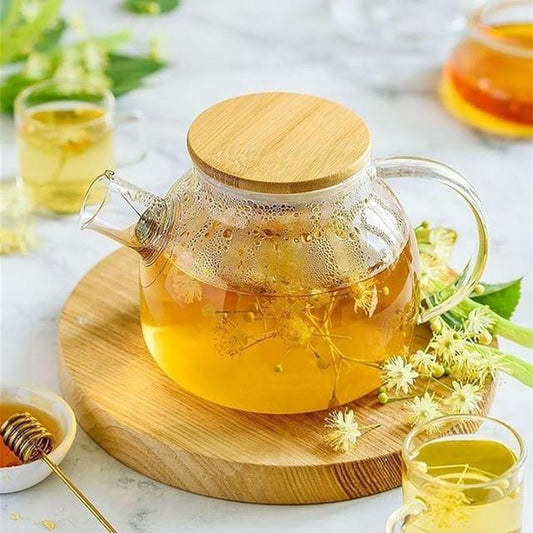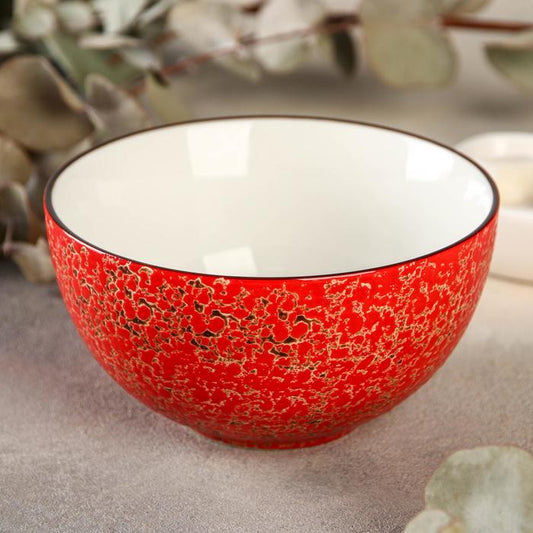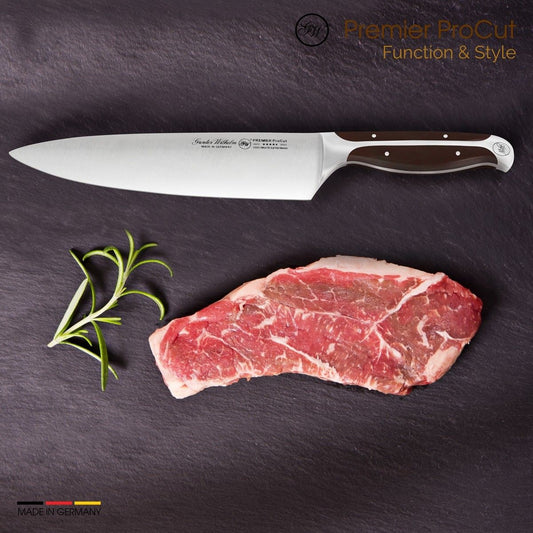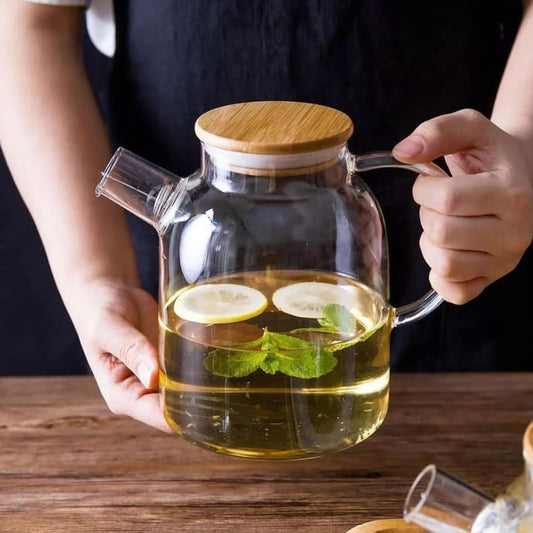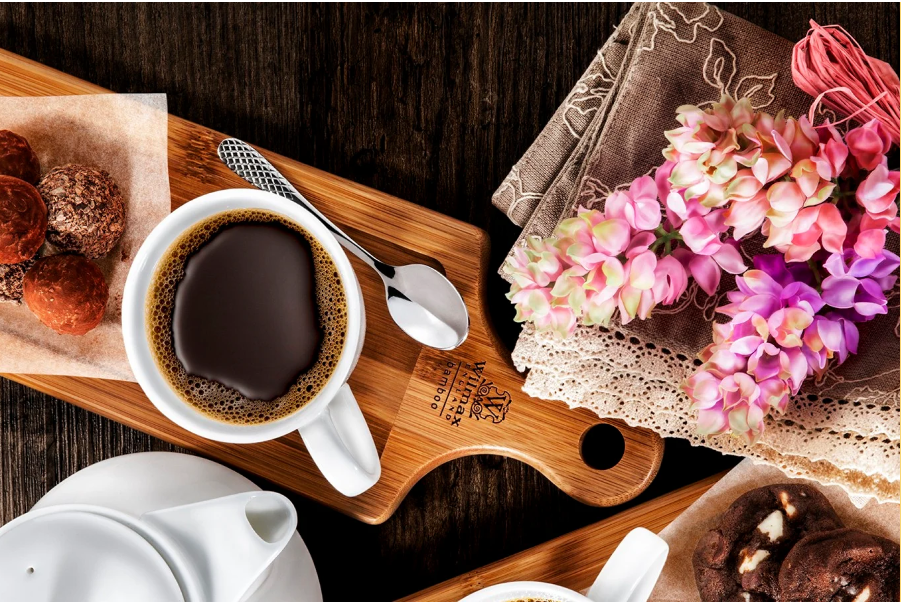Peruvian Flavor Wave: Ceviche, Aji & Pisco Cocktails Taking Over

Lima’s boldest exports are shaping global dining culture with citrus, spice, and spirit.
There was a time when Peruvian cuisine was the world’s best-kept secret — a local treasure shared between fishermen, farmers, and mountain cooks. Today, the secret is out. From Tokyo to Toronto, the Peruvian flavor wave has hit global menus with a force that’s as bright and exhilarating as a splash of lime on fresh ceviche.
From Lima’s Coastline to Global Hotspots
At the heart of the movement is ceviche — Peru’s iconic dish of raw fish cured in citrus, kissed by chilies, and layered with red onion and sea salt. What began as a humble fisherman’s lunch has become a global sensation, appearing everywhere from Michelin-starred tasting menus to rooftop bars. The appeal lies in its balance — acid, heat, and purity — a perfect snapshot of Peru’s geography: ocean, desert, and mountain meeting in a single bowl.
Lima’s culinary scene, led by chefs like Gaston Acurio and Virgilio Martínez, has set the stage for this evolution. They’ve transformed Peruvian cuisine into an international language of creativity — one that fuses ancient ingredients with modern technique and global flair. Their message? Peru isn’t just one cuisine; it’s a kaleidoscope of cultures: Andean, Amazonian, Spanish, Japanese, African.
The Spice That Defines a Nation: Aji
If ceviche is the crown jewel, aji is the heartbeat. The Peruvian chili — with varieties like aji amarillo and rocoto — delivers more than heat. It brings brightness, fruitiness, and a lingering depth that chefs around the world are falling in love with. From creamy aji de gallina (a shredded chicken stew with chili sauce and walnuts) to grilled seafood glazed with aji butter, these peppers are redefining the global spice map.
In modern kitchens, aji has become the new sriracha — a way to add emotion, not just heat. It’s appearing in marinades, cocktails, and even desserts. Michelin restaurants now use fermented aji pastes to add umami depth to sauces once dominated by soy or miso. It’s the flavor of fire, tamed by balance.
Pisco: The Spirit of the Andes
No Peruvian story is complete without a glass in hand — and that glass almost certainly holds pisco. The grape-based spirit, often mistaken for brandy, is the backbone of Peru’s liquid identity. In recent years, pisco cocktails have conquered international bars with their elegant simplicity: the Pisco Sour (with lime, egg white, and bitters) and the Chilcano (pisco, ginger ale, and lime) have become staples for cocktail enthusiasts seeking sophistication without pretense.
Mixologists from New York to Sydney are now experimenting with infusions — combining pisco with herbs, coffee, or local fruits. Its smoothness and floral aroma make it a versatile base that fits perfectly into the global movement toward lighter, citrus-forward drinks.
Culinary Diplomacy: Peru’s Global Impact
Peru’s culinary wave isn’t just a trend — it’s a cultural export. The country has turned its cuisine into a form of soft power, attracting food tourism, international investment, and culinary schools dedicated entirely to Peruvian gastronomy. The nation now boasts multiple restaurants on the “World’s 50 Best” list, with Lima frequently cited as one of the world’s top dining destinations.
The movement has also sparked a rediscovery of native ingredients like quinoa, lucuma, maca, and purple corn, inspiring chefs to rethink their approach to health, biodiversity, and flavor. Peru’s biodiversity — one of the richest on the planet — ensures that its culinary story continues to evolve.
The Future of the Peruvian Plate
As global diners become more adventurous and eco-conscious, Peruvian cuisine stands at the perfect crossroads: fresh, sustainable, and story-driven. Expect to see more cevicherias opening worldwide, more chefs using aji in fusion contexts, and more cocktail bars highlighting pisco as a premium spirit.
The Peruvian flavor wave shows no sign of receding. It’s bold but balanced, ancient yet innovative — a sensory passport that connects ocean to mountain, fire to citrus, and memory to modernity.
In the end, Peruvian cuisine reminds the world that the future of dining isn’t about reinvention — it’s about rediscovery.
Share:

